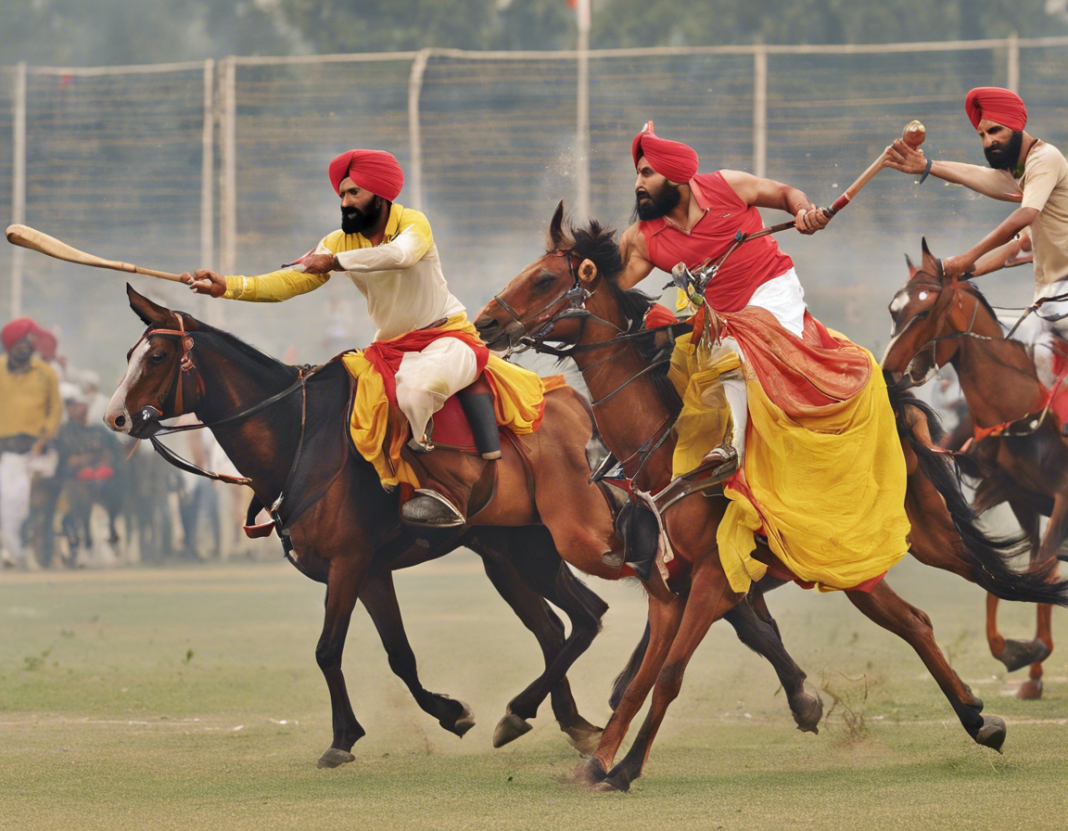The battle between Punjab and Delhi goes beyond just a cricket match or a political rivalry. These two regions, each with its unique cultural, historical, and social significance, have been at the center of some of India’s most significant events and developments. In this comprehensive analysis, we will delve into the rich history, cultural heritage, economic significance, and political landscape of Punjab and Delhi, shedding light on their similarities, differences, and what makes them stand out as two of India’s most prominent regions.
Historical Significance
Punjab:
- One of the oldest regions in the world with a history dating back to the Indus Valley Civilization.
- Witnessed the rise and fall of various empires including the Mauryan, Gupta, and Sikh Empires.
- Partition of India in 1947 led to the division of Punjab into Indian Punjab and Pakistani Punjab.
- Known for its role in India’s independence movement and the Green Revolution.
Delhi:
- Capital of several empires including the Delhi Sultanate, Mughal Empire, and the British Raj.
- Rich in historical monuments such as the Red Fort, Qutub Minar, and India Gate.
- Played a pivotal role in shaping India’s political landscape.
- Witnessed significant events like the 1857 revolt and the Quit India Movement.
Cultural Heritage
Punjab:
- Known for its vibrant culture, dance forms like Bhangra and Giddha, and sumptuous cuisine including Sarson da Saag and Makki di Roti.
- Punjabis are renowned for their hospitality, zest for life, and love for music and festivals.
- The land of the Golden Temple in Amritsar, the spiritual center of Sikhism.
Delhi:
- A melting pot of diverse cultures and traditions, reflected in its festivals, art, and cuisine.
- Home to multiple UNESCO World Heritage Sites and museums showcasing its rich heritage.
- The capital city, with its cosmopolitan vibe, offers a blend of modernity and tradition.
Economic Significance
Punjab:
- Known as the “Granary of India” for its significant contribution to agricultural production.
- Major crops include wheat, rice, and sugarcane.
- The state has also seen growth in industries like textiles, sports goods, and manufacturing.
- Challenges include agrarian crisis, water scarcity, and unemployment.
Delhi:
- A major commercial and financial hub with diverse industries ranging from IT to tourism.
- Home to the corporate and political headquarters, contributing significantly to the country’s GDP.
- Rapid urbanization and infrastructure development have created employment opportunities.
- Challenges include pollution, traffic congestion, and inadequate housing.
Political Landscape
Punjab:
- Known for its vibrant political scene with parties like the Shiromani Akali Dal, Congress, and Aam Aadmi Party.
- Issues such as drug abuse, farmer distress, and religious tensions often dominate the political discourse.
- The state has a history of political activism and has seen prominent leaders like Bhagat Singh and Captain Amarinder Singh.
Delhi:
- The seat of India’s political power with the Parliament, Supreme Court, and various ministries located here.
- AAP’s rise to power in Delhi reflected the thirst for change and clean governance.
- Issues like pollution, governance reforms, and women’s safety have been pivotal in shaping the political narrative.
Common Threads and Divergence
While Punjab and Delhi have their unique identities, there are common threads that bind these two regions together. Both places boast of a rich history, a vibrant cultural tapestry, and a significant role in shaping India’s socio-political landscape. However, they also diverge in many aspects, whether it be the agrarian economy of Punjab contrasting with Delhi’s service-driven economy or the political dynamics unique to each region.
The Battle of the Capitals, Punjab versus Delhi, is not merely a contest of supremacy but a celebration of the diversity and richness of India’s heritage. Both regions have their strengths, challenges, and opportunities, making them indispensable pillars of the country’s growth and development.
Frequently Asked Questions (FAQs)
1. What is the significance of Punjab in Indian history?
Punjab holds immense historical importance as one of the oldest regions in the world, witnessing the rise and fall of various empires and playing a crucial role in India’s independence movement.
2. What are some famous cultural elements of Delhi?
Delhi is known for its diverse cultural heritage, including its historical monuments, vibrant festivals, and delectable cuisine that reflect a blend of different traditions.
3. How does the economy of Punjab differ from that of Delhi?
Punjab is primarily agrarian, known as the “Granary of India,” whereas Delhi thrives as a commercial and financial hub with a diverse range of industries contributing to its economy.
4. What are some major political parties in Punjab and Delhi?
Punjab sees political representation from parties like the Shiromani Akali Dal, Congress, and Aam Aadmi Party, while Delhi’s political landscape is dominated by the Aam Aadmi Party.
5. What are the key challenges faced by Punjab and Delhi?
Punjab grapples with issues like agrarian crisis and drug abuse, while Delhi faces challenges related to pollution, traffic congestion, and governance reforms.









